As a continuation of my previous post on Euro coins (check it out here)...
and after thorough checking with this site - www.eurocoins.co.uk (really should check it out... it is an absolute saviour!!!)...
this is my findings.
Country/ Denominations | Description | Remarks | |
Belgium 20 cents (All 8 denominations bear the same design) | Depicts King Albert II and a monogram – a capital "A" underneath a crown – among 12 stars, symbolising Europe. The year of issue is part of the design, along with the year the coin was struck. | Belgium collection considered complete | |
Germany 2 Euro, 1 Euro (share the same design) | The traditional symbol of German sovereignty, the eagle, surrounded by the stars of Europe, appears on these coins. This motif was designed by Heinz and Sneschana Russewa-Hoyer. None of the German Euros carry the words Germany or Deutschland. | Germany collection considered complete | |
Germany 20 cents, 10 cents The obverse designs of the German 50, 20 and 10 Euro are identical apart from their size and the indents on the 20 cent. | The Brandenburg Gate, a symbol of the division of Germany and its subsequent unification, is the motif used on these coins. The perspective of the design, by Reinhard Heinsdorff, emphasises the opening of the gate, stressing the unification of Germany and Europe. | Germany collection considered complete | |
Germany 5 cents, 2 cents, 1 cent | The oak twig, reminiscent of that found on the current German pfennig coins provides the motif for these coins. It was designed by Professor Rolf Lederbogen. | Germany collection considered complete | |
Italy 2 Euro | This depicts a portrait drawn by Raphaël of Dante Alighieri, housed in the Pope Julius II Wing of the Vatican Palace | Only possess this coin. | |
Italy 1 Euro | This coin shows the famous drawing, The Vitruvian Man, by Leonardo da Vinci, displayed in the gallery of the Academy in Venice, illustrating the ideal proportions of the human body. | Possessed through Italy trip | |
Italy 50 cents | This depicts the statue of Emperor Marcus Aurelius on horseback. | Possessed through Italy trip | |
Italy 20 cents | This coin portrays a sculpture by Umberto Boccioni, leader of the Italian futurist school. Note the 7 indents or scallops on the edge. | Possessed through Italy trip | |
Italy 10 cents | This commemorates one of the greatest triumphs in Italian art. It shows one of the most famous works in the world, the "Birth of Venus" by Sandro Botticelli. | Possessed through Italy trip | |
Italy 5 cents | This shows the Flavius amphitheatre, which Emperor Vespasian began building around 75 AD and Emperor Titus inaugurated in 80 AD. | Possessed through Italy trip | |
Italy 2 cents | This shows the Mole Antonelliana, a tower designed in 1863 by Alessandro Antonelli. | Missing | |
Italy 1 cent | The Castel del Monte appears on this coin. | Missing | |
Netherlands 2 Euro, 1 Euro | Queen Beatrix is shown in profile with the words "Beatrix Queen of The Netherlands" in Dutch. The 12 stars are confined to half the circumference of the coin. | Missing | |
Netherlands 50 cents, 20 cents | Queen Beatrix is shown in profile and the words "Beatrix Queen of The Netherlands" are written around the circumference of the coins. The obverse designs of the Dutch 50, 20 and 10, 2 and 1 Euro are identical apart from their size and the indents on the 20 cent. | Considered complete for this set. Still need to collect the 2/1 euro. | |
Spain 2 euro, 1 euro | This shows a portrait of King Juan Carlos 1 de Borbon y Borbon, King of Spain. | Possessed through Italy trip | |
Spain 20 cents, 10 cent | Miguel de Cervantes, the father of Spanish literature, is shown on these coins, reflecting "the universality of the man and his work". The obverse designs of the Spanish 50, 20 and 10 Euro are identical apart from their size and the indents on the 20 cent. | Considered complete for this design. Still missing the 2/1 euro and 5/2/1 cent(s) | |
Spain 5 cents, 2 cents, 1 cent | The cathedral of Santiago de Compostela, a jewel of Spanish Roman art and one of the most famous pilgrimage destinations in the world is pictured on these coin. They show the monumental façade of the Obradoiro, a splendid example of Spanish baroque construction, started in 1667 by Jose del Toro and Domingo de Andrade. It was finished in the 18th century by Fernando Casas y Novoa. | Missing | |
Luxembourg | All coins in Luxembourg bear the profile of His Royal Highness the Grand Duke Henri. They bear the year of issue and the word "Luxembourg" written in Luxembourgish ("Letzebuerg"). | Missing |
All descriptions taken from www.eurocoins.co.uk too. As mentioned, it is really a good website, I learnt lots from them.
Here are the individual links of the countries I browsed
http://www.eurocoins.co.uk/belgium.html
http://www.eurocoins.co.uk/germany.html
http://www.eurocoins.co.uk/italy.html
http://www.eurocoins.co.uk/netherlands.html
http://www.eurocoins.co.uk/luxembourg.html
http://www.eurocoins.co.uk/spain.html
http://www.eurocoins.co.uk/vatican.html
So what have I learnt from this site?
1) Seems that visiting Germany first has a plus point, I collected the (almost) full set of their coins missing only the 50 cents which I intend to give up because if I really do collect every euro coins, I think it will amass a fortune.
Hmm but I have not visited Brandenburg Gate in Berlin. Hopefully if I visit Germany again, it will be to Berlin (and Nuremberg).
2) Luxembourgh is the only country I visited but did not manage to get a coin from. Hope I can get just a coin from it somehow.
3) Had not visited Spain but I have 2 coins from there. Next stop Spain?
4) I actually possessed an Italian coin. Haha. But I want more.. hope I can get the Vitruvian Man and Flavius amphitheatre (Colosseum).
5) And is the most shocking finding.. that Vatican City
is a landlocked sovereign city-state whose territory consists of a walled enclave within the city of Rome, the capital city of Italy.Gosh a country in a city. So cool. I really should allocate 1 day to visit this place now. Let me re-review my constantly revised itinerary.
Source: Wiki
Oh and do you know how to become a citizen of the Vatican?
Unlike citizenship of other states, which is based either on jus sanguinis (birth from a citizen, even outside the state's territory) or on jus soli (birth within the territory of the state), citizenship of Vatican City is granted jus officii, namely on the grounds of appointment to work in a certain capacity in the service of the Holy See. It usually ceases upon cessation of the appointment. Citizenship is extended also to the spouse, parents and descendants of a citizen, provided they are living with the person who is a citizen.Source: Wiki
Anyone who on loss of Vatican citizenship possesses no other citizenship, as judged by Italian law, automatically becomes an Italian citizen.
Woah, this city is really an eye-opener to me. Citizenship based on employment is something I have never heard before. In fact, I think it is an exclusive priviledge to get a Vatican citizenship hmm.

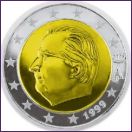
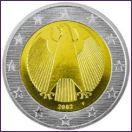
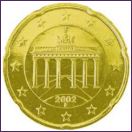
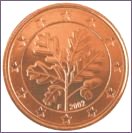
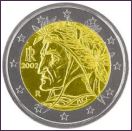
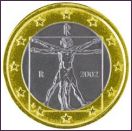
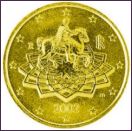
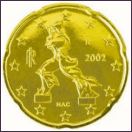
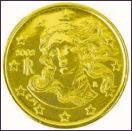
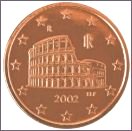
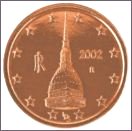
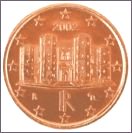
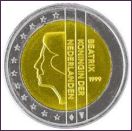
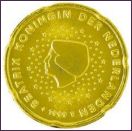
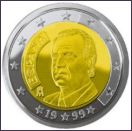
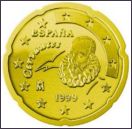
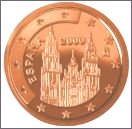
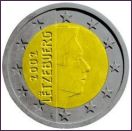
.jpg)





0 comments:
Post a Comment